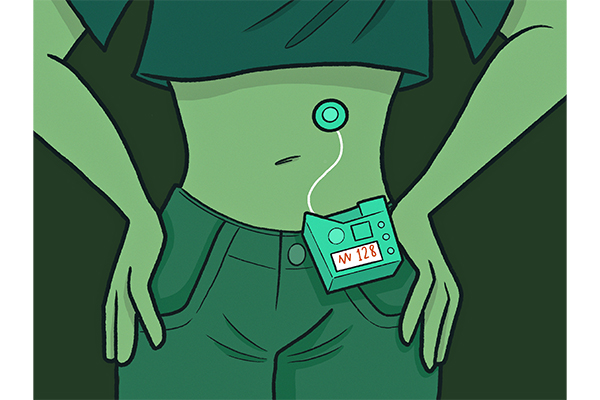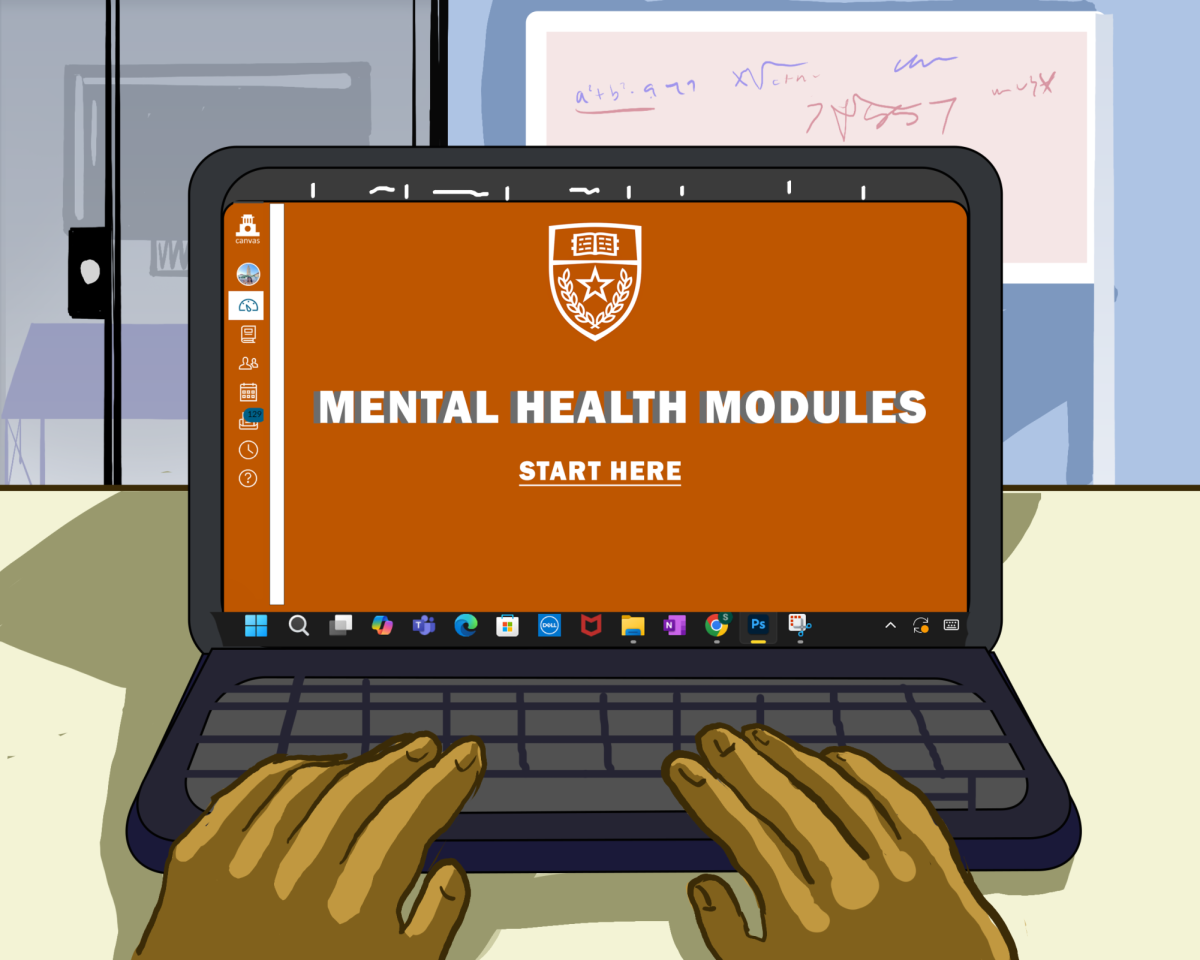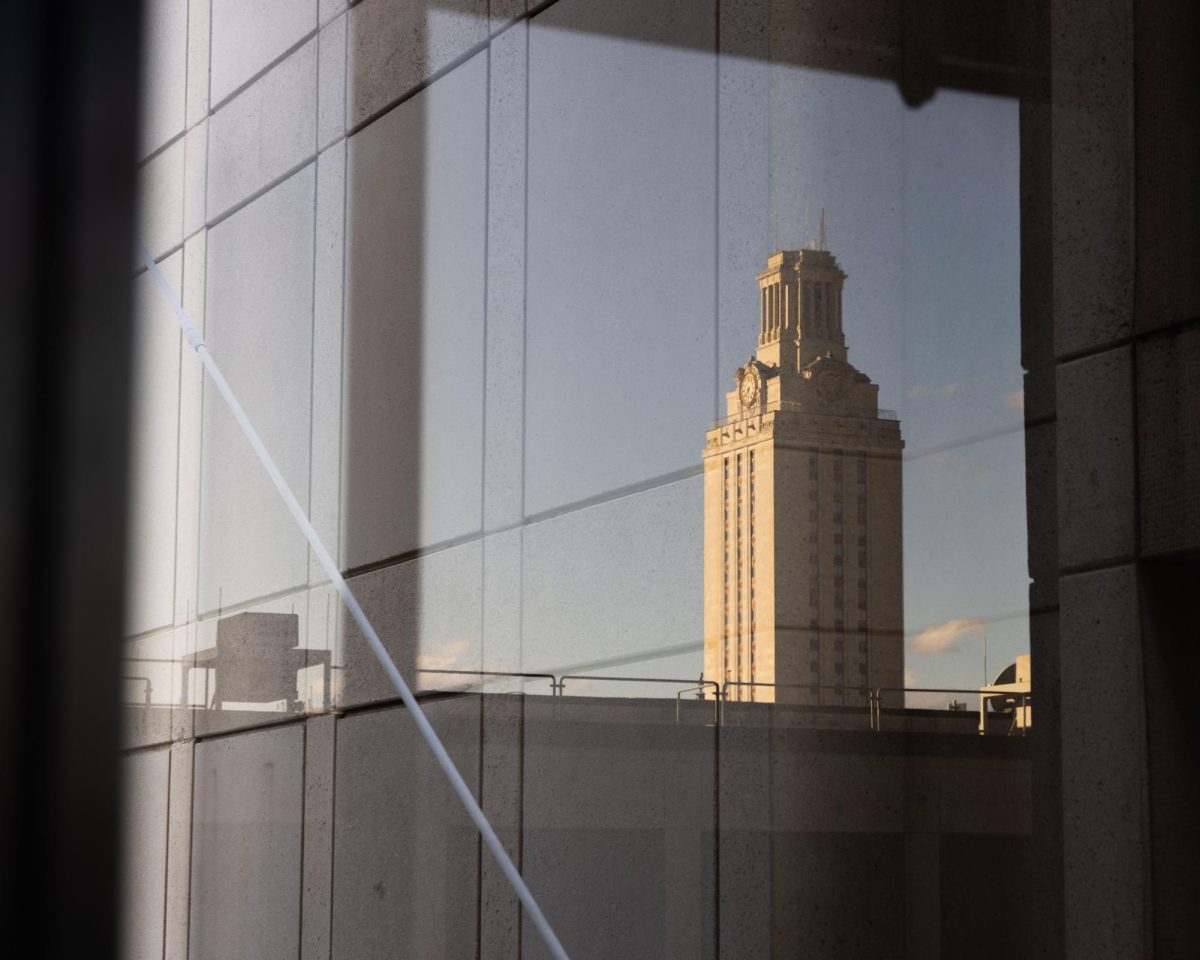About 1.25 million Americans currently live with Type 1 diabetes, according to the Juvenile Diabetes Research Foundation, but modern medicine has yet to provide a definitive treatment for the disease.
Since fixing the pancreas is a difficult task and a solution is still many years away, much of today’s research focuses on managing the disease, diabetes researcher Frank Doyle said at a lecture on campus last Thursday.
Type 1 diabetes is a disease in which the pancreas is unable to produce the regulatory hormone insulin, resulting in high levels of sugar in the blood. For patients living with the condition, constant insulin injections are required to prevent complications from high blood sugar, which can sometimes be fatal.
Doyle, dean of Harvard’s engineering department, delivered a lecture to UT’s biomedical engineering department about his work on an artificial pancreas, a system that uses modern technology to automatically deliver insulin to a diabetic patient. Doyle has done research on improving the self-regulation of the system by using complex computer algorithms so it can be entirely self-sufficient.
“It’s like driving a car — if the system releases too little insulin, glucose builds up in the bloodstream,” Doyle said to a large auditorium of students and professors. “If you step too hard on the gas pedal, the patient goes hypoglycemic. It’s a delicate balancing act.”
The artificial pancreas consists of an insulin pump attached to a continuous sensing device, which tracks blood glucose levels. When glucose levels rise, such as after a meal, the pump releases insulin to control it.
Earlier this year, Scott Hanselman, an engineer and Type 1 diabetic, presented at South by Southwest about his experience with the disease and how he self-programmed a system that attempts to do what Doyle’s does.
“Every day of my life, I’m connected to this MacGyvered system that makes sure my body has the insulin it needs to survive,” Hanselman said in an email. “I would love to see an FDA-approved system that makes this technology accessible to all the Type 1 diabetics who need it.”
Biomedical engineering sophomore Karan Shankar, who attended Doyle’s lecture, said solving these kinds of problems require a multidisciplinary approach.
“You see (Doyle) using chemical engineering, biology, computer programming and even electrical engineering to make this all work,” Shankar said. “It’s the kind of problem that biomedical engineering is well suited for.”





















